When people consider LED lights, it's natural to ask: "Do LED lights get hot?" The answer to this question is not simple, as it depends on many factors such as the type of LED light, its power, and how it's used. In this article, we will explore the issue of LED light heating, introduce the working principle of LED lights, their advantages, and potential thermal issues. Whether you're choosing LED lights for home or commercial use, this article will provide you with useful information and advice.
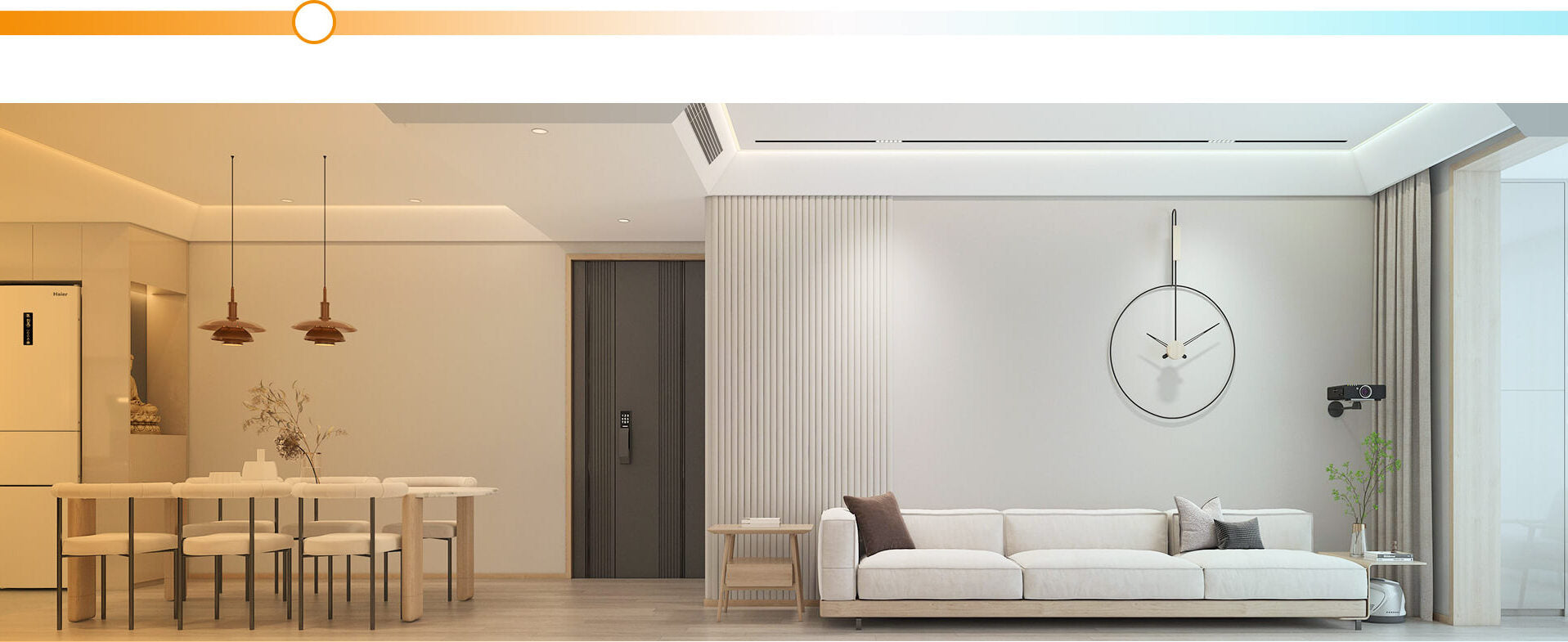
TABLE OF CONTENTS
- Brief Discussion on the Common Misconceptions About LED Lights and Heat
- Understanding LED Lights
- Differences Between LED Lights and Other Types of Lights
- The Science Behind How LED Lights Work
- Explanation of Why LED Lights Produce Heat Despite Their Energy Efficiency
- The Role of Heat Sinks in LED Lights
- Practical Tips for Managing Heat in LED Lights
- Considerations When Choosing LED Lights for Different Settings
- Conclusion
Brief Discussion on the Common Misconceptions About LED Lights and Heat
LED lights have revolutionized the lighting industry due to their energy efficiency and longevity. However, despite their widespread use, there are still many misconceptions about these little illuminators, especially regarding their heat production.
Here are a few common ones:LEDs produce no heat: The most prevalent misconception is that LED lights don't produce any heat. However, this isn't true. While LEDs are much more energy-efficient than traditional incandescent bulbs and do convert a higher percentage of energy into light, they aren't 100% efficient. This means some energy is inevitably converted into heat.
Heat doesn't affect LEDs: Some people believe that LED lights aren't affected by heat. In reality, excessive heat can severely affect the performance and longevity of an LED light. That's why effective heat management is crucial in LED light design. LEDs can't cause burns: Because LEDs don't get as hot as incandescent bulbs, some believe they can't cause burns. While it's true that the risk is lower, LEDs, especially high-power ones, can still get hot enough to cause discomfort or potential burns if touched.
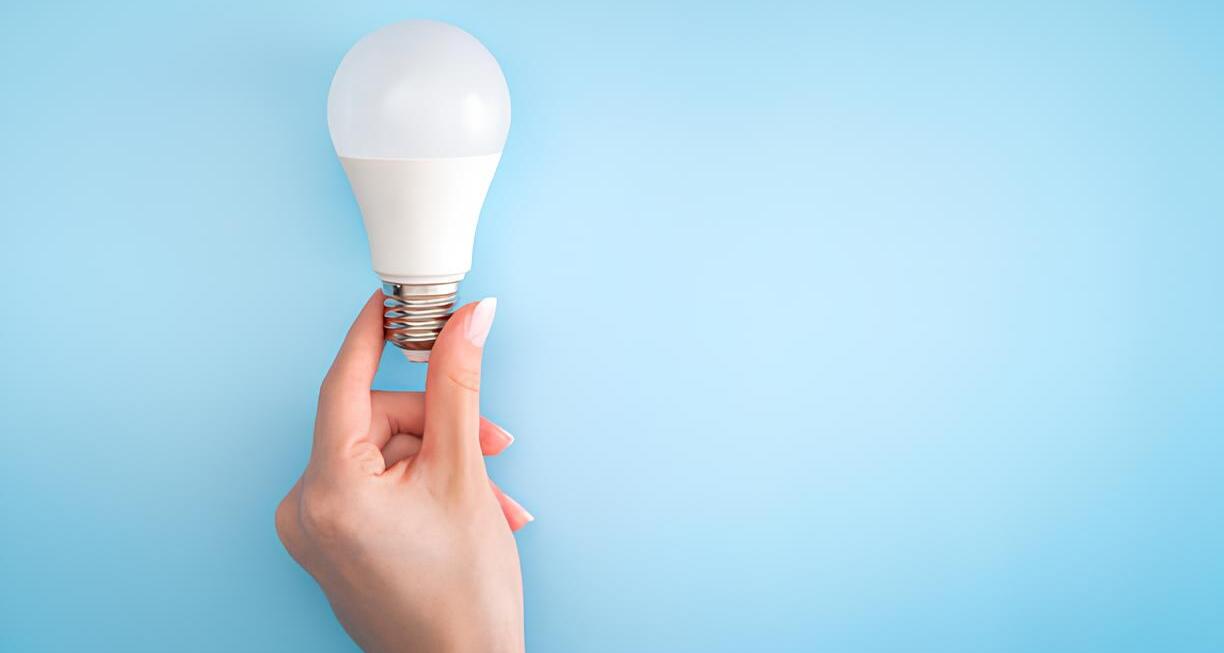
Understanding LED Lights
LED stands for Light Emitting Diode. An LED light is a type of solid-state lighting that utilizes semiconductors to convert electricity into light. Unlike traditional lighting solutions such as incandescent or fluorescent bulbs, which produce light as a by-product of heat, LEDs create light directly from electrical energy.
The mechanism behind LEDs involves the movement of electrons in a semiconductor material, typically consisting of gallium, arsenic, and phosphorus. When electricity is applied, electrons move across the material and fill electron holes. This process releases energy in the form of photons, creating light.
LED lights are known for their superior energy efficiency and longevity. Compared to traditional light sources, LEDs can convert a higher percentage of electrical energy into light, resulting in less wasted heat energy. They also last significantly longer, with lifespans that can reach up to 50,000 hours, which is 25-50 times longer than traditional incandescent bulbs.
Despite these advantages, understanding how LEDs manage the heat they do generate is crucial to ensure their performance and longevity. Overheating can damage LEDs, leading to decreased light output and color shifts, which we will cover in more detail later in this blog.
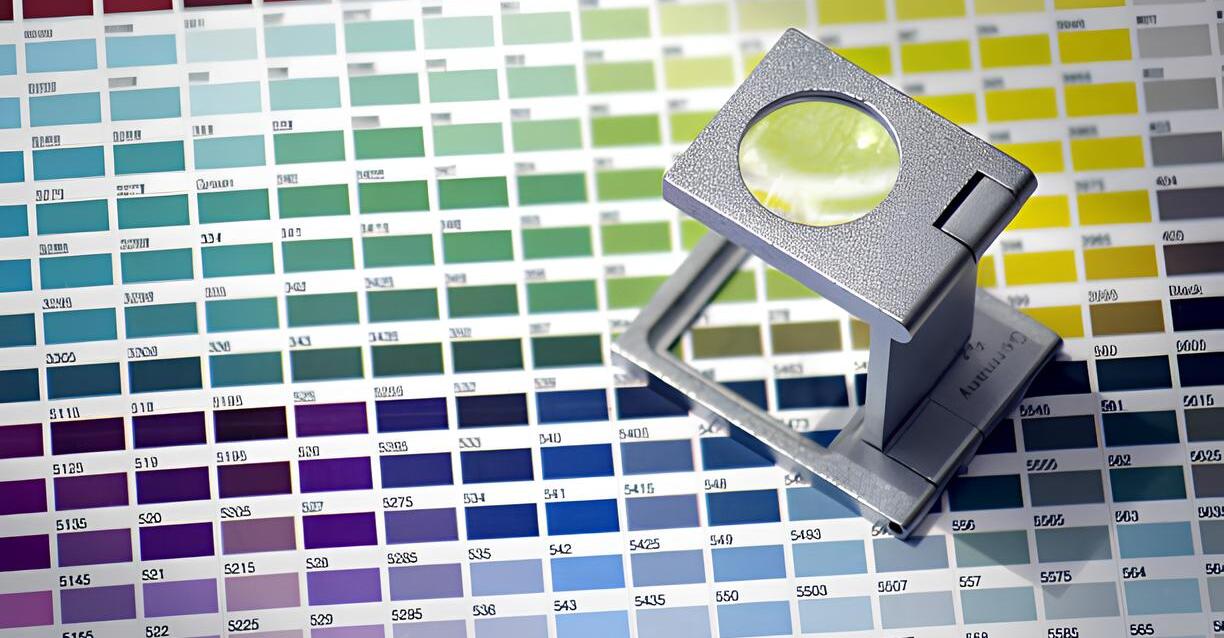
Differences Between LED Lights and Other Types of Lights
LED lights stand apart from other types of lights due to several key differences in their design, functionality, and efficiency. Here are some main points of comparison: Energy Efficiency: LED lights are far more energy-efficient than traditional light bulbs like incandescent or fluorescent lights. An LED light converts about 95% of its energy into light and only around 5% is wasted as heat. In contrast, an incandescent bulb wastes about 90% of its energy as heat, only using about 10% to produce light.
Longevity: LEDs have a significantly longer lifespan than most other types of lights. An average LED light can last up to 50,000 hours, while a typical incandescent bulb lasts only about 1,200 hours and a compact fluorescent bulb (CFL) about 8,000 hours.
Light Quality: LED lights offer a superior light quality when compared to traditional lighting solutions. They provide instant light and can offer a range of color temperatures, from warm to cool light, mimicking natural light more closely.
Environmental Impact: LED lights are more environmentally friendly than other types of lights. They last longer, which reduces waste, and contain no harmful substances like mercury, which is often found in fluorescent lights.
These characteristics make LED lights a preferred choice for many lighting applications, from home and office lighting to street lamps and vehicle headlights.

The Science Behind How LED Lights Work
The functioning of an LED light is based on the principles of semiconductor physics. It involves a process known as electroluminescence, which is the emission of light from a material when it is passed through by an electric current or a strong electric field.
An LED consists of a chip of semiconducting material impregnated, or doped, with impurities to create a p-n junction. The 'p' (positive) side is dominated by 'holes', while the 'n' (negative) side contains excess electrons. When voltage is applied across this junction, the electrons from the 'n' side start moving towards the 'p' side. When an electron combines with a hole on the 'p' side, it falls into a lower energy level, and releases energy in the form of a photon, which we perceive as light.
The color of the light depends on the energy gap of the semiconductor; hence different colors of light can be produced by using different materials and manufacturing processes.
LEDs are different from traditional light bulbs in that they don't contain a filament that will burn out, and they don't get especially hot due to their high efficiency in converting electricity to light. However, they still generate heat within the LED, which must be managed to prevent premature failure.
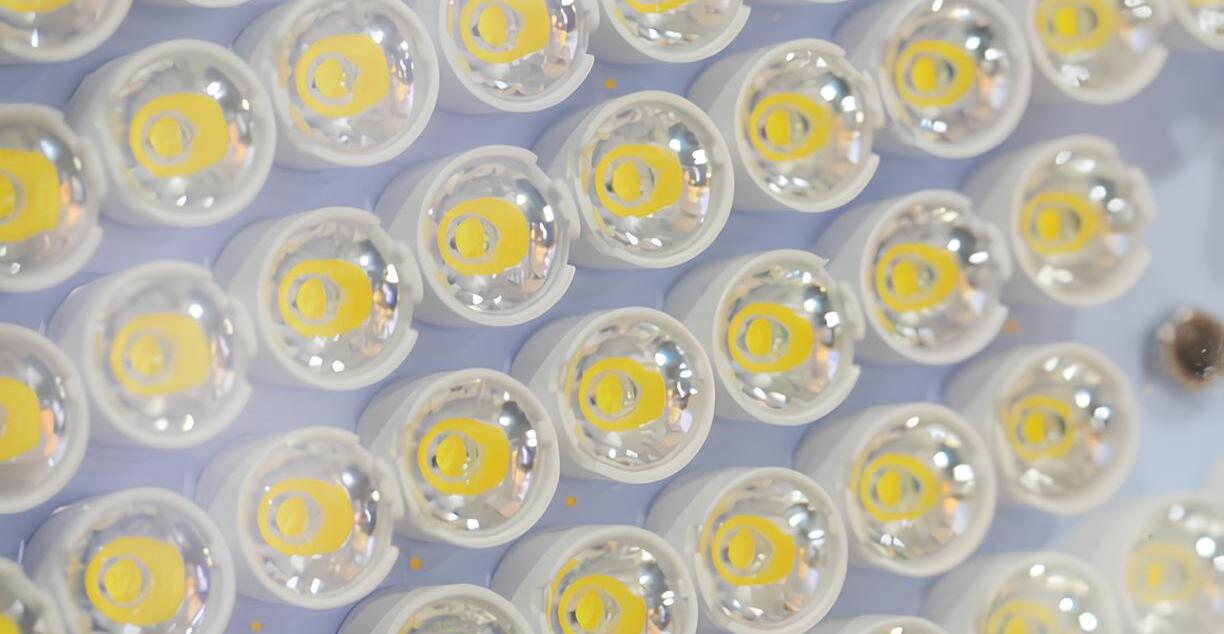
Explanation of Why LED Lights Produce Heat Despite Their Energy Efficiency
While it's true that LED lights are highly efficient in converting electrical energy into light, it's also true that they generate some amount of heat in the process. This is due to the nature of how semiconductors work.
In an ideal world, 100% of the energy in an LED light would be converted into light. But real-world physics tells us that no system is perfectly efficient - including LEDs. When electrical current passes through the LED's semiconductor material, the majority of it is indeed transformed into light (thanks to the phenomenon of electroluminescence). However, some of the electrical energy is unavoidably transformed into heat due to resistance and other factors within the semiconductor.
The amount of heat that an LED generates is still significantly less than that of an incandescent bulb, which uses heat to produce light, or a CFL bulb, which loses much of its energy to heat through its phosphor coating. Nevertheless, the heat that LEDs do generate must be effectively managed. If not, it can lead to degradation of the LED chip and other components, potentially shortening the lifespan of the LED light and reducing its performance.
The Role of Heat Sinks in LED Lights
Heat sinks play a crucial role in LED lights by helping to dissipate the heat that's generated during operation. A heat sink is a passive heat exchanger that absorbs and disperses heat away from the LED light source, thereby maintaining the optimum temperature for the LED light to function efficiently.
When the LED is in use, it generates heat in its p-n junction (the place where the conversion of electricity to light happens). This heat, if left unmanaged, can degrade the performance of the LED, reducing its brightness and lifespan.
The heat sink, typically made of aluminum due to its good thermal conductivity, is attached to the LED light source. It absorbs the heat generated by the LED and then dissipates it into the surrounding environment, keeping the LED cool. This not only preserves the performance of the LED light but also extends its lifespan.
In summary, heat sinks are an integral part of LED lights, ensuring they remain cool, efficient, and long-lasting despite their heat generation.
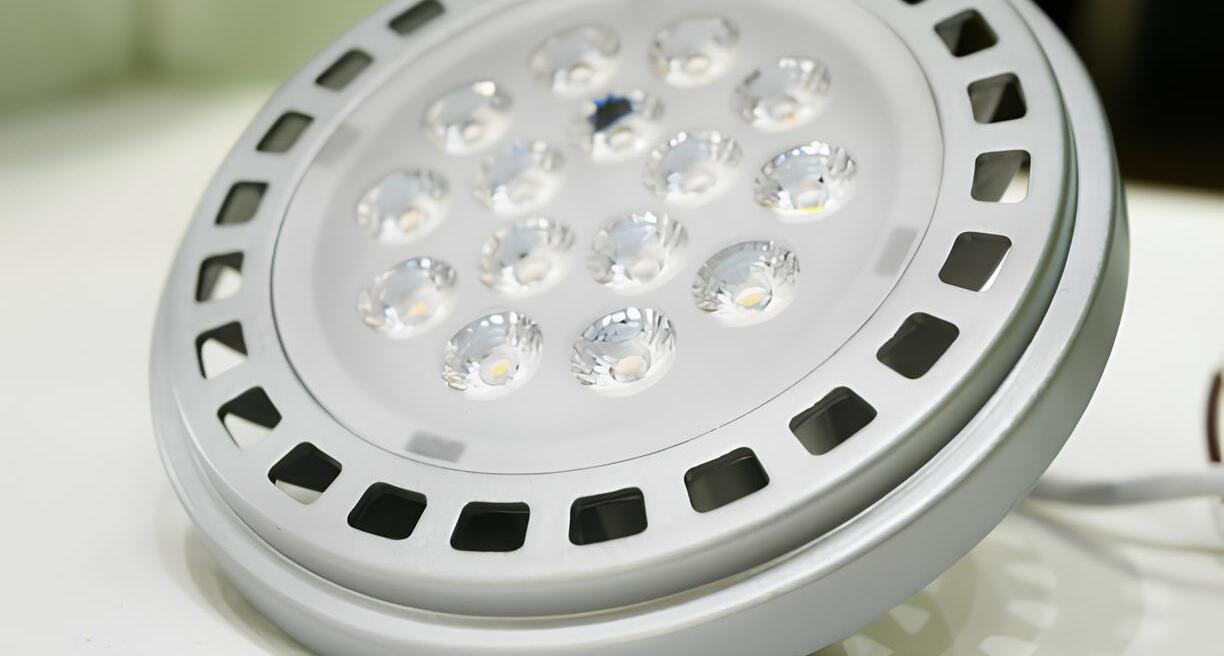
Practical Tips for Managing Heat in LED Lights
- Ensure Proper Installation: Ensure that your LED lights are installed in a way that allows for adequate heat dissipation. Avoid enclosing them in tight, non-ventilated spaces. Where possible, leave space around the light for air circulation.
- Use LED Lights with Heat Sinks: As explained earlier, heat sinks absorb and disperse the heat generated by the LED lights, therefore, selecting LED lights equipped with heat sinks can significantly improve their lifespan and efficiency.
- Regular Maintenance: Dust and debris can accumulate on the LED lights and their heat sinks, reducing their ability to dissipate heat effectively. Regular cleaning can help maintain their optimal operating conditions.
- Environment Considerations: Consider the environment in which the LED light will operate. High ambient temperatures can decrease the LED's life expectancy. Therefore, it is beneficial to install LED lights in cooler environments where possible.
- Professional Installation and Services: For larger LED installations, it may be wise to engage a professional. They have the necessary knowledge and skills to ensure that all aspects of heat management are taken into consideration.
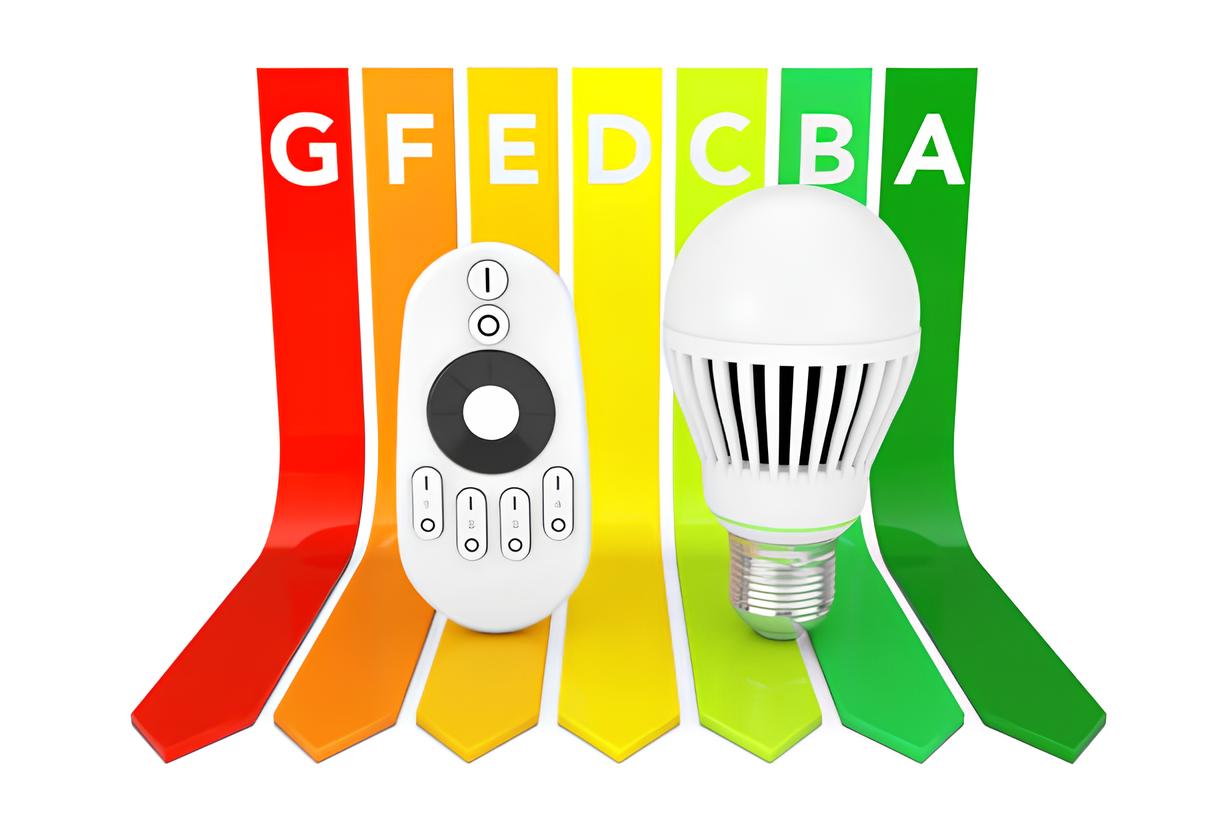
Considerations When Choosing LED Lights for Different Settings
- Type of Space: The type of space can greatly influence the choice of LED light. For instance, an office setting might require different lighting needs compared to a home setting. In the office, brighter lights that enhance focus and productivity might be needed. In a home, softer lights that create a warm and welcoming ambiance may be more appropriate.
- Purpose of Lighting: The purpose of the lighting is another critical factor. Task lighting for a work desk or kitchen countertop may require bright, concentrated light. In contrast, ambient lighting in a living room or bedroom may call for softer, diffused light.
- Environment and Location: The environment and location also play a role. Outdoor LED lights, for instance, need to be durable and resistant to weather conditions, while LED lights in a bathroom need to be safe to use in a damp environment.
- Energy Efficiency and Heat Management: As discussed earlier, proper heat management can extend the lifespan and enhance the performance of LED lights. Hence, consider LED lights with efficient heat dissipation mechanisms, especially for high-use environments.
- Color Temperature: The color temperature of the LED light can affect the mood and aesthetics of a space. Cooler light (higher Kelvin rating) might be suitable for workspaces, while warmer light (lower Kelvin rating) could be better for living areas.

Conclusion
In conclusion, while LED lights do generate heat during operation, proper usage and maintenance can safely manage this heat. By ensuring adequate ventilation and following the manufacturer's installation guidelines, the heat dissipation of LED lights can be effectively managed, reducing the risks of burns and fires. Therefore, we can confidently use LED lights and enjoy their energy-efficient and cost-saving lighting benefits.




Share:
How To Install Led Recessed Ceiling Light? The Ultimate Guide
Unraveling the Mystery: Do LED Lights Attract Spiders?